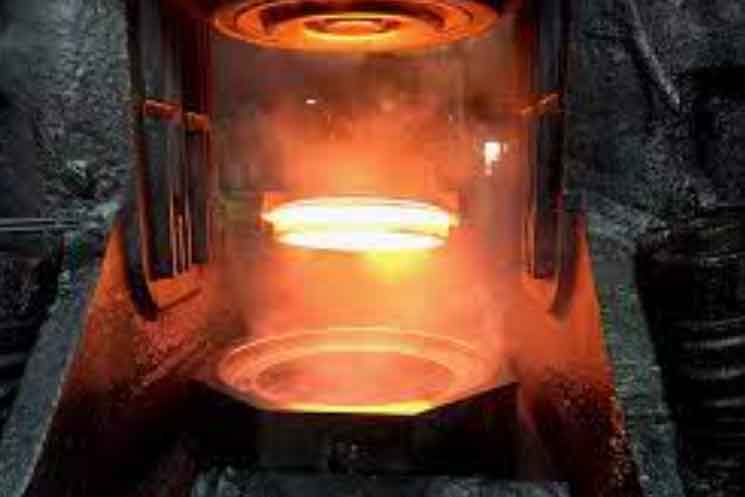Mastering gear forging techniques is crucial for achieving high-quality gear production. Here are some key considerations and techniques to ensure the success of gear forging:

- Material Selection: Choose the appropriate material based on the specific application requirements. Consider factors such as strength, toughness, wear resistance, and heat treatability. Common materials used for gear forging include carbon steels, alloy steels (e.g., 4140, 4340), and stainless steels.
- Die Design and Preparation: Design and prepare the forging dies with precision to ensure accurate gear shaping. The die design should incorporate the desired gear tooth profile, tolerances, and allowances for material flow during forging. Proper die maintenance and regular inspection are essential to ensure consistent gear quality.
- Billet Heating: Heat the billet to the appropriate temperature for forging. The heating process should be carefully controlled to achieve uniform temperature throughout the billet. Avoid overheating, which can lead to excessive grain growth and poor material properties.
- Forging Process Parameters: Control the forging process parameters, including forging temperature, applied pressure, and deformation rate. These parameters should be optimized to achieve the desired gear shape while maintaining material integrity. Too high or too low forging temperatures or improper pressure application can lead to defects or inadequate material flow.
- Grain Flow Control: Pay attention to the direction and control of grain flow during forging. Proper grain flow alignment enhances the mechanical properties of the gear, such as strength and fatigue resistance. Avoid excessive or irregular grain flow that can weaken the gear.
- Heat Treatment: Perform heat treatment after forging to achieve the desired material properties. Heat treatment processes, such as quenching and tempering, are employed to enhance the gear’s hardness, toughness, and dimensional stability. Follow the recommended heat treatment cycles and cooling rates specific to the material being used.
- Machining and Finishing Operations: After forging and heat treatment, the gear may require additional machining and finishing operations. Machining processes, such as turning, milling, and grinding, help achieve the final gear dimensions, tooth profiles, and surface finish. Ensure proper setup, tool selection, and machining parameters to meet the required specifications.
- Quality Control and Inspection: Implement a robust quality control process to ensure the integrity and quality of the forged gears. Conduct thorough inspections at various stages of the production process, including dimensional checks, surface inspections, and non-destructive testing if necessary. Address any defects or deviations promptly to maintain high-quality gear production.
- Continuous Process Improvement: Emphasize continuous process improvement to enhance gear forging techniques. Analyze process data, gather feedback from operators, and implement improvements based on lessons learned. Regularly update and refine the forging process parameters and techniques to optimize gear quality and production efficiency.
- Operator Training and Experience: Invest in operator training and skill development to ensure proficiency in gear forging techniques. Experienced operators who understand the nuances of the forging process can make critical decisions and adjustments to produce high-quality gears consistently.
By focusing on these techniques and considerations, gear manufacturers can master gear forging and achieve high-quality gears with the desired mechanical properties, dimensional accuracy, and performance characteristics for a wide range of industrial applications.
